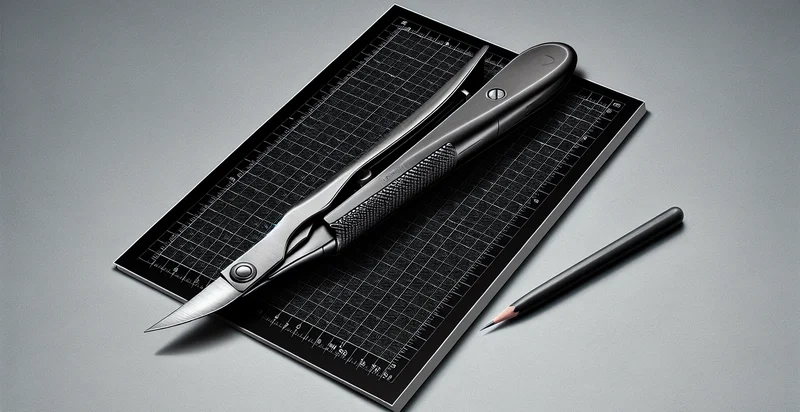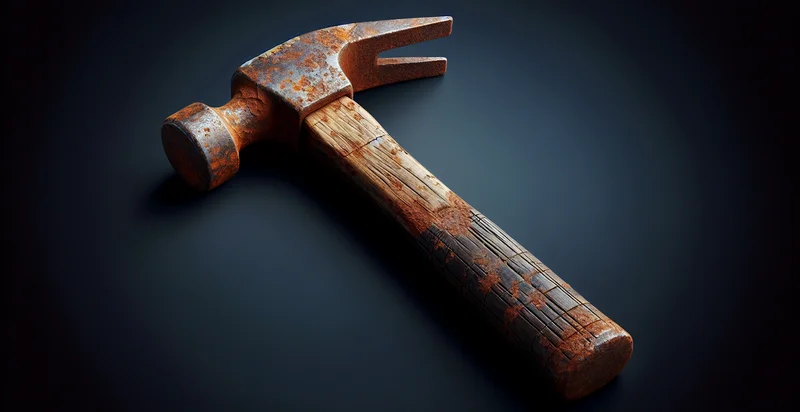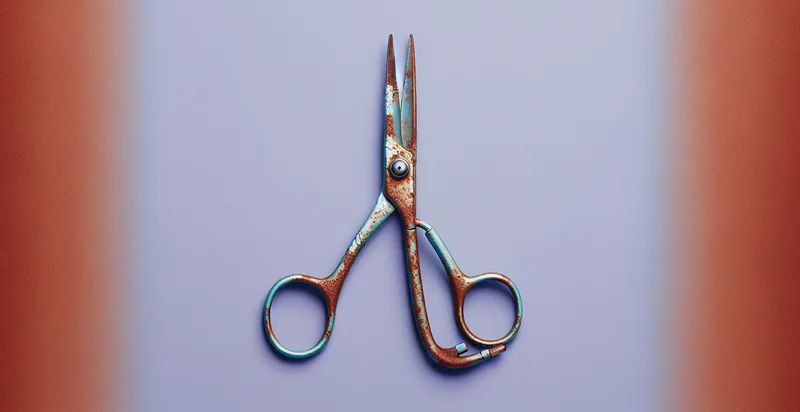Identify if surgical tool is rusted
using AI
Below is a free classifier to identify if surgical tool is rusted. Just upload your image, and our AI will predict if the surgical tool is rusted - in just seconds.

Contact us for API access
Or, use Nyckel to build highly-accurate custom classifiers in just minutes. No PhD required.
Get started
import nyckel
credentials = nyckel.Credentials("YOUR_CLIENT_ID", "YOUR_CLIENT_SECRET")
nyckel.invoke("if-surgical-tool-is-rusted", "your_image_url", credentials)
fetch('https://www.nyckel.com/v1/functions/if-surgical-tool-is-rusted/invoke', {
method: 'POST',
headers: {
'Authorization': 'Bearer ' + 'YOUR_BEARER_TOKEN',
'Content-Type': 'application/json',
},
body: JSON.stringify(
{"data": "your_image_url"}
)
})
.then(response => response.json())
.then(data => console.log(data));
curl -X POST \
-H "Content-Type: application/json" \
-H "Authorization: Bearer YOUR_BEARER_TOKEN" \
-d '{"data": "your_image_url"}' \
https://www.nyckel.com/v1/functions/if-surgical-tool-is-rusted/invoke
How this classifier works
To start, upload your image. Our AI tool will then predict if the surgical tool is rusted.
This pretrained image model uses a Nyckel-created dataset and has 2 labels, including Not Rusted and Rusted.
We'll also show a confidence score (the higher the number, the more confident the AI model is around if the surgical tool is rusted).
Whether you're just curious or building if surgical tool is rusted detection into your application, we hope our classifier proves helpful.
Related Classifiers
Need to identify if surgical tool is rusted at scale?
Get API or Zapier access to this classifier for free. It's perfect for:
- Quality Control in Surgical Instrument Manufacturing: Implementing the rust identification function can help manufacturers maintain high-quality standards for surgical tools. By automating the inspection process, manufacturers can quickly identify and discard rusted instruments, ensuring that only safe and reliable tools are delivered to healthcare facilities.
- Preventive Maintenance Scheduling: Hospitals can utilize the rust detection function as part of their maintenance protocols for surgical instruments. By identifying rusted tools in their inventory, healthcare providers can schedule timely maintenance or replacements, reducing the risk of using compromised instruments during surgeries.
- Inventory Management Optimization: Rust detection can enhance inventory management systems by ensuring only usable instruments are stocked. By flagging rusted tools, management systems can streamline their inventory by either decommissioning or repairing these items, leading to better resource allocation.
- Training and Compliance Audits: The rust identifier can play a crucial role in training staff on the importance of instrument care and compliance with health regulations. By providing tangible data on rust levels, organizations can educate personnel and conduct audits to ensure adherence to standards for instrument maintenance.
- Data-Driven Decision Making in Procurement: Procurement teams can leverage rust identification data to inform their purchasing decisions. Understanding which tools are more prone to rust allows organizations to choose materials and suppliers that offer better quality or corrosion-resistant instruments.
- Regulatory Compliance Documentation: Healthcare facilities must meet strict regulatory compliance standards concerning instrument sterility and usability. Utilizing a rust identification function can bolster documentation processes by providing evidence of regular inspections and maintenance of surgical tools, helping facilities remain compliant.
- Patient Safety Assurance Programs: By integrating rust detection technology into patient safety assurance programs, hospitals can enhance the reliability of surgical instruments. This function can serve as a proactive measure to prevent surgical complications associated with using damaged or rusted tools, ultimately improving patient outcomes.


